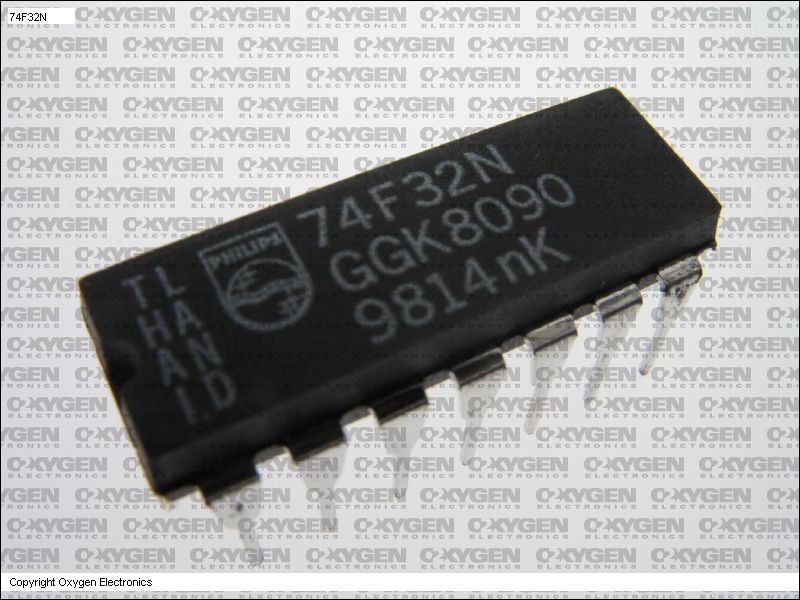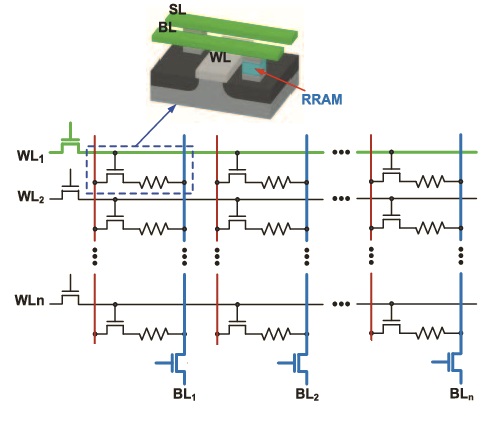

Photo: Compact hearing aids were among the first applications for transistors-and this one dates from about the late 1950s or 1960s. With billions of transistors, a chip can store billions of zeros and ones, andĪlmost as many ordinary numbers and letters (or characters, as we call them).

Store two different numbers, zero and one. Transistor can be in two distinct states, it can ForĬontains hundreds of millions or even billions of transistors,Įach of which can be switched on or off individually. This is essentially how all computer chips work. In other words, the smallĬurrent switches on the larger one. Tiny electric current flowing through one part of a transistor can make a much biggerĬurrent flow through another part of it. You will understand the concept of amplification." Mule with the energy expended by yourself in the striking of the match, Tail of a mule and then strike a match and set the bale of hay on fire,Īnd if you then compare the energy expended shortly thereafter by the Humorous way: "If you take a bale of hay and tie it to the William Shockley, one of the inventors of the transistor, once explained transistor-amplifiers to a student in a more So you hear a much louder version of the sounds around you. These are fed into a transistor thatīoosts them and powers a tiny loudspeaker, That picks up sounds from the world around you and turns them intoįluctuating electric currents. A hearing aid has a tiny microphone in it Really useful in things like hearing aids, one of the first things In other words, it's a kind of current booster. Input current) and produces a much bigger electric current (an outputĬurrent) at the other. In a tiny electric current at one end (an It can work either as an amplifier or a switch: A transistor is a miniature electronic component thatĬan do two different jobs. How do transistors work in calculators and computers?Ī transistor is really simple-and really complex.How a field-effect transistor (FET) works.I'll explain what all that stuff means in a moment.) (Technically, if you're interested in the more geeky bits, this is a 5401B silicon PNP amplifier transistor. Although simple circuits contain individual transistors like this, complex circuits inside computers also contain microchips, each of which might have thousands, millions, or hundreds of millions of transistors packed inside. Photo: An insect with three legs? No, a typical transistor on an electronic circuit board. Invented over half a century ago by John Bardeen, Walter Brattain, and Transistors have revolutionized electronics since they were first

They're made from silicon, a chemical element commonly found in sand. Your brain contains around 100 billion cells called neurons-the tiny switches that let you think and remember things.


 0 kommentar(er)
0 kommentar(er)
